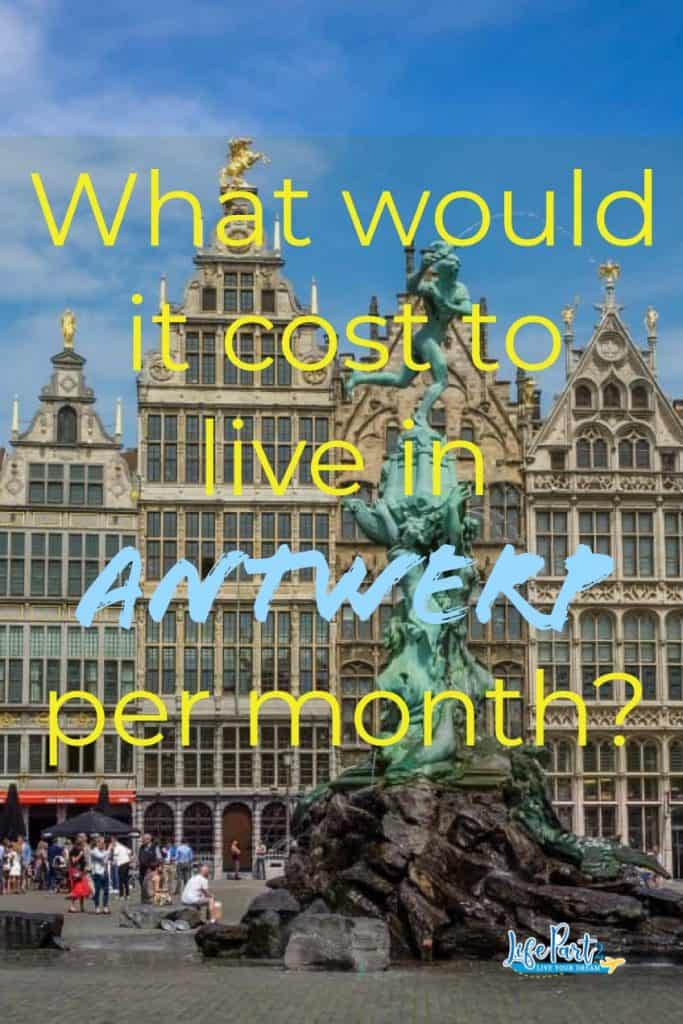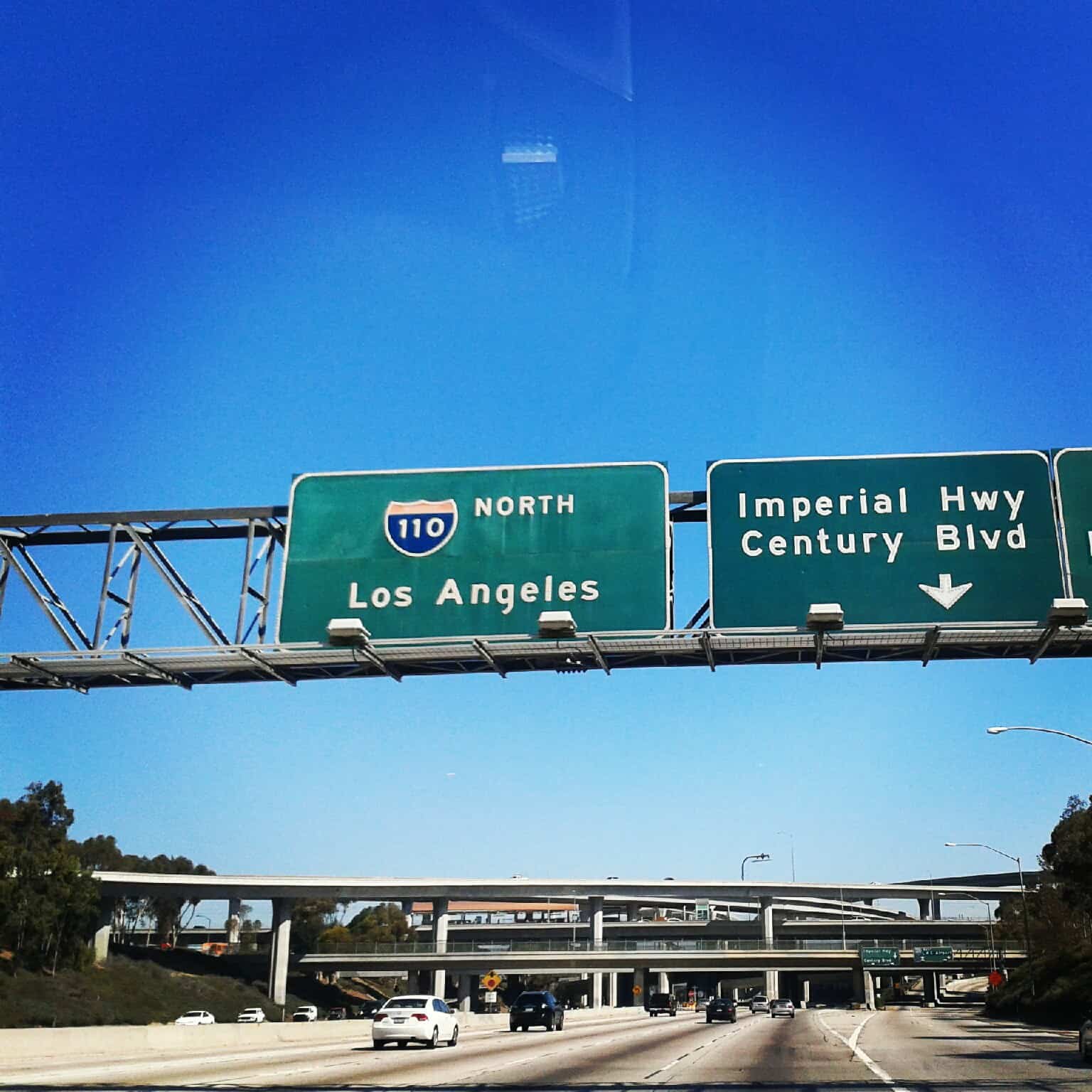Last Updated on December 8, 2020 by Jonathan Look
Why Would You Want To Live in Antwerp?
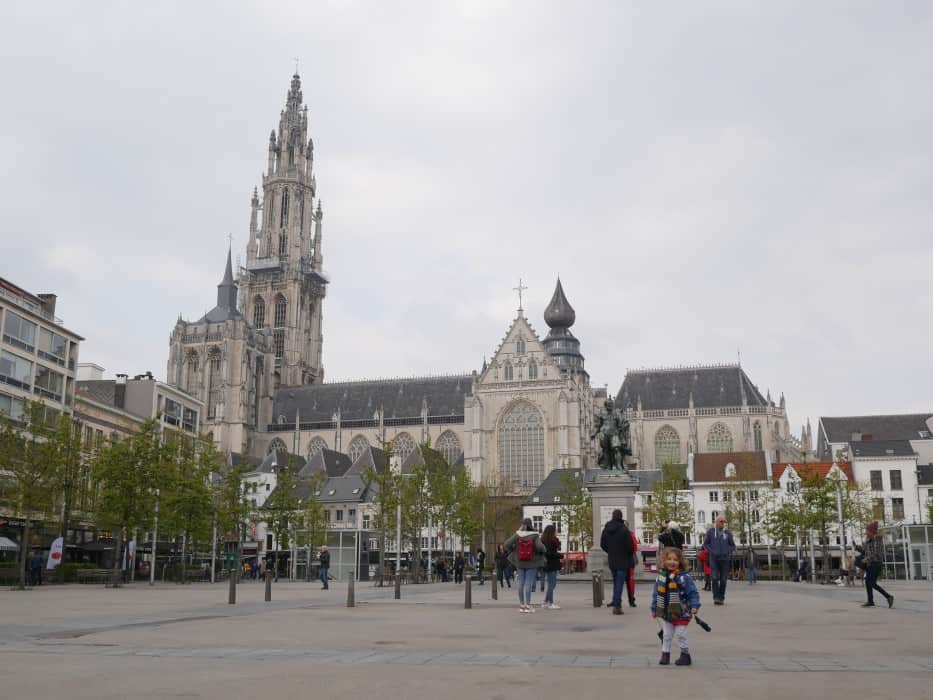
Antwerp is an amazing city for those who love history mixed with a multicultural feeling. It’s Belgium, so the climate is fairly moderate, quite a few grey days, but a lot of sun as well and no extreme temperatures. You can easily get around and because almost everyone speaks English, you won’t have a problem expressing yourself. All of this helps offset Antwerp’s relatively high cost of living.
If you are interested in bustling cities with majestic buildings, a great nightlife and a stunning historic center, Antwerp might just be the place for you!
It’s a known joke for Belgians to call Antwerp’s inhabitants big-headed, mostly due to their habit to call it THE city, as if there is only one in Belgium. Although I’m an imported breed (as I only moved there once I went to university), I have to say that it is true: there is hardly a city that competes with Antwerp in the whole country.

Antwerp has the perfect combination of old and new. In the 16th century, it became one of the most important cities in what we now call Europe, thanks to its port and nowadays it still holds the second largest port of the continent. Furthermore, it is the center of the diamond trade and stands its ground as a fashion capital with the “Antwerp Six”, a group of world-famous designers.
But the thing I like most about Antwerp is its energy. You can wander around the banks of the river ‘t Scheldt and the medieval cobblestone streets. There are so many colours and cultures! People from 174 origines call this city their home. You’ve got heavenly food and charming neighbourhoods. Oh, and the public transport system is great, which, well, is always a big plus for me.
The Cost of Housing in Antwerp
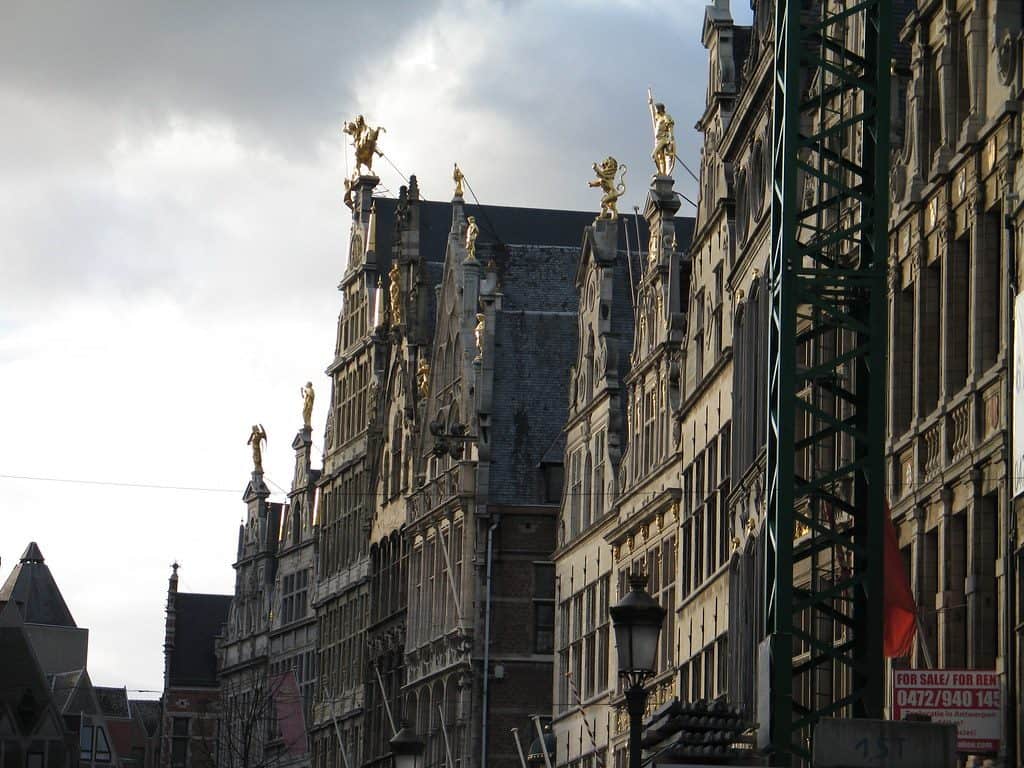
The cost of living in Antwerp will vary a lot depending on the neighbourhood you prefer to stay in. When we are talking long term rentals, it is possible to find a decent 1-bedroom apartment for € 600 (that’s what I paid in 2014 in Borgerhout on a 1-year contract). This does not include utilities like water, gas and electricity. The most affordable areas for long term rentals are Berchem, Deurne, Linkeroever and Borgerhout. The most expensive neighbourhoods are het Zuid and het Eilandje, both have shaken off their former decayed reputation and were transformed into trendy upmarket areas.
However, when we’re talking about short term rentals, housing will cost you quite a bit more. Airbnb offers accommodation between € 1200 and € 1800 a month. The majority of short term lets are in the city center and as usual on Airbnb most of the apartments include wifi and sometimes a washing machine.
The Cost of Utilities in Antwerp
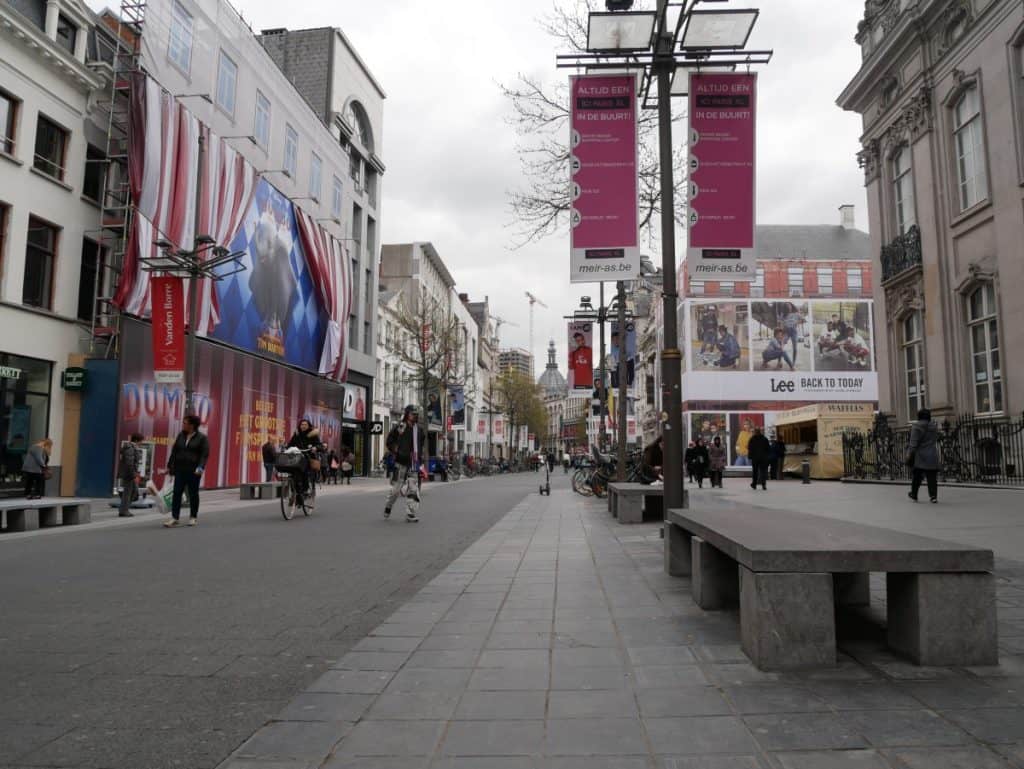
If you are renting short term, the cost of living in Antwerp isn’t so bad as you don’t have to bother with water, gas and electricity, as they will be included in the price. However, for regular apartment rentals, they are usually (but not always!) meant to be paid separately. Gas and electricity are provided by the same company and will cost you around € 100 a month. Water will be between € 50 and € 80 per 3 months.
The internet connection in Belgium is very fast and reliable, which makes it a great country for digital nomads. Since 2017 the new roaming regulations make it possible to roam at no extra cost inside Europe. So if you live in or have purchased a SIM-card in another European country, you can use it in Antwerp as well.
See also:
- Cost of Living in Portugal
- Cost of Living in Romania
- What Does it Cost to Live for a Month in Dublin, Ireland
Although many cafés, restaurants and public spaces offer free wifi (check this site to see all the places where you can get online for free), you’ll probably want your own connection. The first option is to buy a SIM-card with a data-heavy plan (Proximus, Orange and Mobistar are the three big providers in the country). Another option is a portable Mifi hotspot, which you can either rent or buy and allows you to connect several devices at a time. And last but not least, for those seeking to stay for a longer period of time, it is possible to subscribe for an internet and tv-pack, sometimes including a mobile package and/or a regular phone package. Try Telenet, Proximus, Scarlet or Orange for this.
The Cost of Transportation in Antwerp
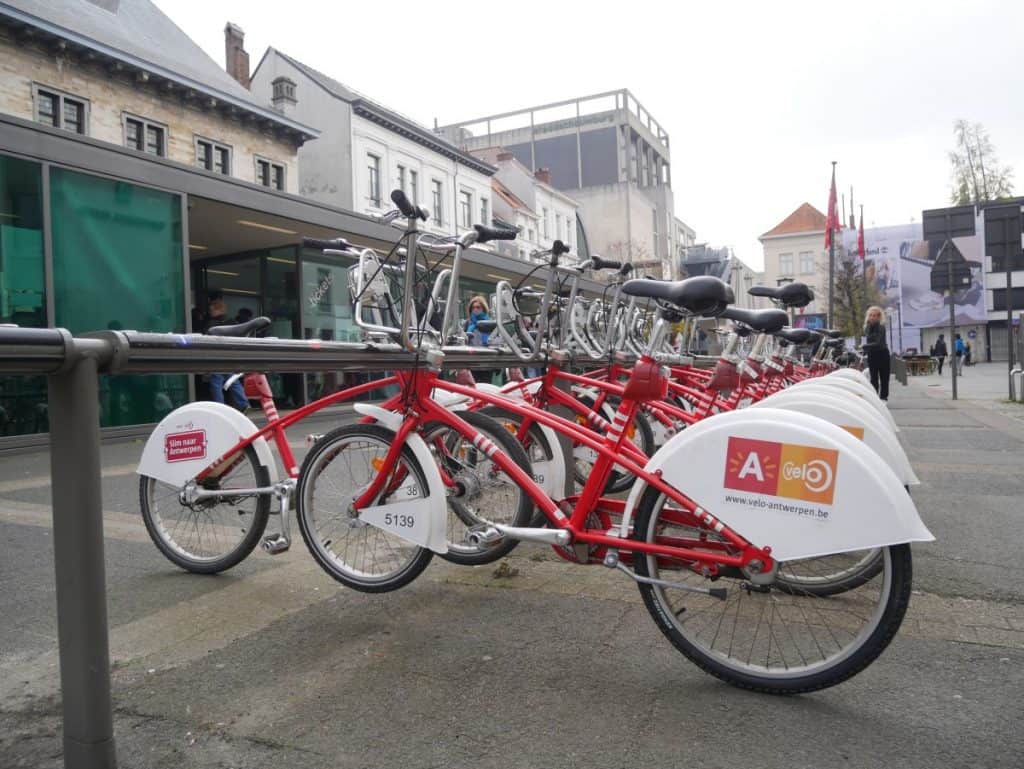
Getting around Antwerp without a car is such a bless since traffic jams are difficult to avoid should you take your 4-wheeled metal box. If you do take the car, bare in mind that you have to pay for parking almost everywhere in the city center (until 10 PM and even on Sundays!). Outside the center, you usually have to put your blue parking disc, which allows you 2 hours of free parking. Finding a parking spot is another issue and you shouldn’t be surprised if you have to spend 30 to 45 minutes looking for a (non-paying) spot. Another thing to consider is that there’s a low emission zone in Antwerp. This means that older cars running on Diesel can’t enter the city and its surrounding neighbourhoods.
However, there are tons of great ways to get around Antwerp without a car!
Getting Around Antwerp On Foot
Depending on the location of your accommodation, it is entirely possible to walk all the time. The city centre isn’t all that big. It would take you about 45 minutes to get from one side (the central station) to the other side (the castle ‘t Steen at the banks of the river) on foot. All the main spots: the city park, the shopping street De Meir and the 2 main squares Groenplaats and De Grote Markt, lie in between. You can even walk from the right bank of the river to the left bank through a pedestrian tunnel at 30 meters below the surface!
Getting Around Antwerp By Bike
Belgians love their bikes as a means of transport and that shows in Antwerp. You will see tons of people cycling the streets. Usually Belgium is quite well provided with cycle paths, but that is one thing that is missing in the city center. Fortunately, traffic is well coordinated, so it is still safe to bike around.
Like many cities nowadays, Antwerp has a shared bike system: Vélo Antwerpen. These little red bikes can be found everywhere in the city, with docking stations within walking distance of just about anything. As they are meant for short distances, the first 30 minutes of a trip is included in your pass. So, you’re supposed to get one, bike to where you have to go and put them back there. Using a bike for a longer period is possible but at an additional cost. You can get a day pass for € 4, a week pass for € 10 and an annual pass for € 49. You can buy the passes online here.
Getting Around Antwerp By Public Transport:
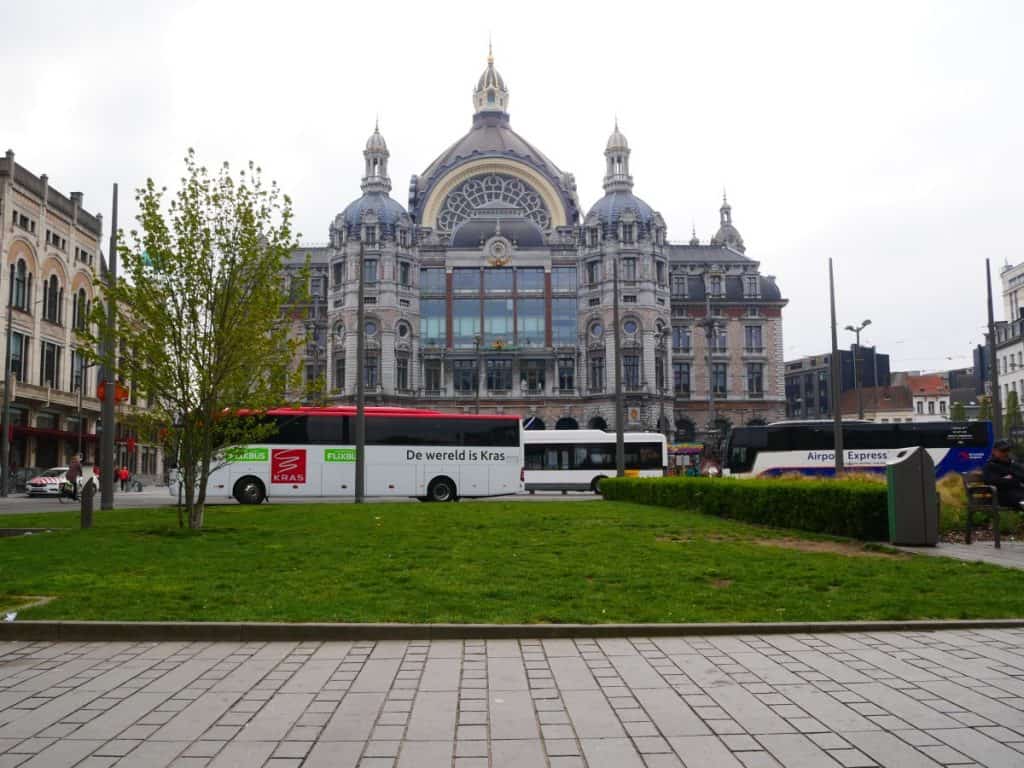
Getting around by bus and subway/tram is very straightforward in Antwerp. Especially the partly underground partly above ground tram system, is easy to use. Take a look at this to get a clear overview of the city lines. In the city center itself, you probably won’t be using a lot of public transport, as it is too small to be worth the cost (max. 2 stops on the subway). But if you need to get further away, to the hipster bars on Het Eilandje, the musea on Het Zuid or maybe the large shopping center in Wijnegem, the system comes in handy.
Tickets are fairly expensive, but you pay a fixed price for 1 hour of transportation (you can switch as much as you like, as long as you are on your last line before the hour is up. You can still continue to your destination even though you’ve passed the 1-hour mark, you just can’t change anymore).
The easiest way to pay for your public transport is on your phone. You have to download the app for the cheapest option (click here to go to the website). An m-ticket will set you back € 1,8; the m-card10 will cost you € 15 and offers you 10 tickets (this is the cheapest option!) and the m-daypass is € 6 and gives you 24 hours of unlimited use of De Lijn public transport (this is not limited to Antwerp but be aware that De Lijn only operates in Flanders!). Without the app, you can just send a text to the number 4884 with the code ‘DL’ (for a one hour trip) or DLD (for a day pass). This will cost you respectively € 2,25 and € 7,15.
You can also buy a regular ticket (either in a De Lijn shop, in a vending machine or with the driver), but this will cost you € 3. A 10-trips card will set you back € 16.
Getting Around Antwerp By Train:
You do not use the railway system to get around in Antwerp, but it is a great way to get to other cities in the country. Tickets are rather expensive, but the city has great connections to just about anywhere in Belgium. If you’d like to visit an attraction, check B-dagtrips to see if there is a discount when you combine a train ticket and the entrance fee.
The Cost of Grocery Shopping and Eating Out in Antwerp

When calculating the cost of living in Antwerp, don’t forget the food. The cost of groceries for a month is about € 50-80 a week in Antwerp if you buy house brands in a regular supermarket. The most common ones are Delhaize and Carrefour. The cheapest supermarkets are Lidl, Aldi and Colruyt, but you won’t find those in the center. The city has some big bio shops as well, for example, Het Natuurhuis, and a package free shop Robuust. Both are in the city center.
Eating out depends of course entirely on the type of restaurant, but will cost you about € 10 for a decent breakfast (usually 2 pistolets, a croissant or other koffiekoek, ham/cheese/marmalade, yoghurt or an egg, a hot drink and fresh orange juice). If you’re not that big on eating breakfast, you can find a coffee and a croissant for about € 2-3.
You can find a lot of places that will offer you a set 2-course lunch for about € 10-15. In a sandwich bar you’ll pay between € 3-5 for a 30 cm long baguette with a spread of your choice and an array of raw vegetables.
Eating out for dinner will set you back between € 7-12 for an appetizer, € 15-22 for a main dish and € 5-9 for desserts.
Don’t forget to stop at the Vogeltjesmarkt at het Theaterplein on Saturday (and Sunday too, but that’s mostly non-food). You can eat your way around the market and pick up some groceries as well!
The Cost of Entertainment in Antwerp

One of the things that help offset the cost of living in Antwerp is that a lot of entertainment is free. Try the view at the top of the MAS-museum or walking along the river banks at Linkeroever.
If you’d like to go out at night, the cost of beer (a pint) will be around € 3. Wine is a bit more expensive at € 4-5. Soft drinks will cost you € 2,5 while a homemade ice tea might cost you € 3,5. If you prefer to go clubbing, the entry fee will set you back between € 13 and € 25. Drinks will be slightly more expensive than at a regular café.
When you’re up for something calmer, go and watch a movie at the local cinema UGC (more popular movies) or the smaller Cinema Cartoon’s (cult films). A ticket will cost you € 9-10.
About the Author:
Originally a teacher, but a traveller in heart and soul, Babs recently quit her day job to be able to work location independently. She now writes about travel equipment for children on her blog Travel Gear for Kids when her 3,5-year old daughter is at school or asleep. When she’s not travelling the world with her wife and kid, you can find Babs in her tiny house in Belgium with her 4 furry friends.
For more insight, you can follow Babs on Instagram, Pinterest or Facebook.
